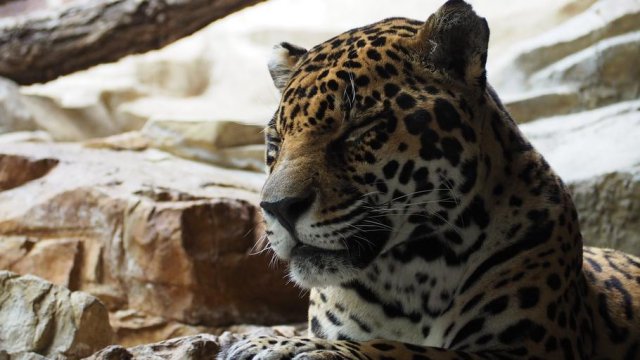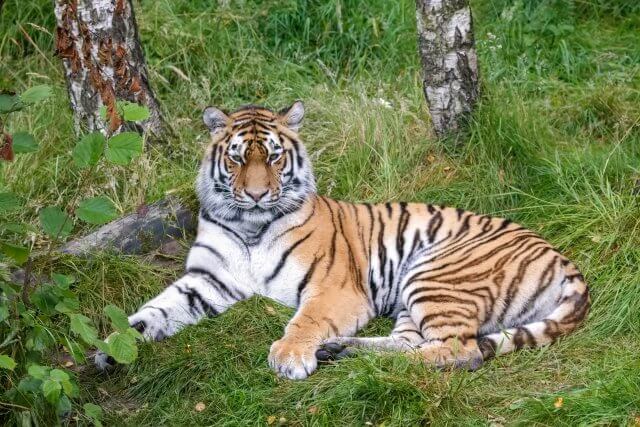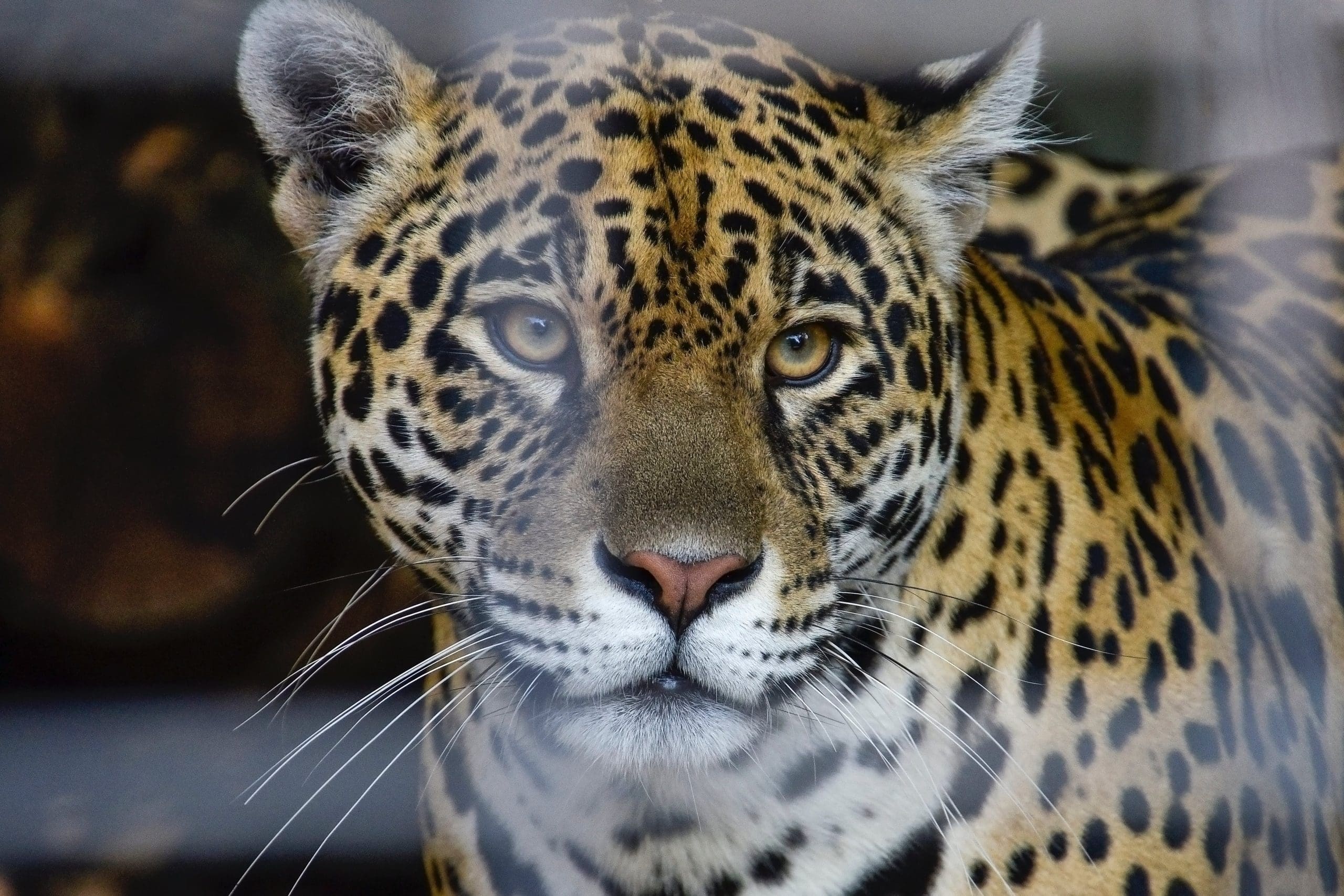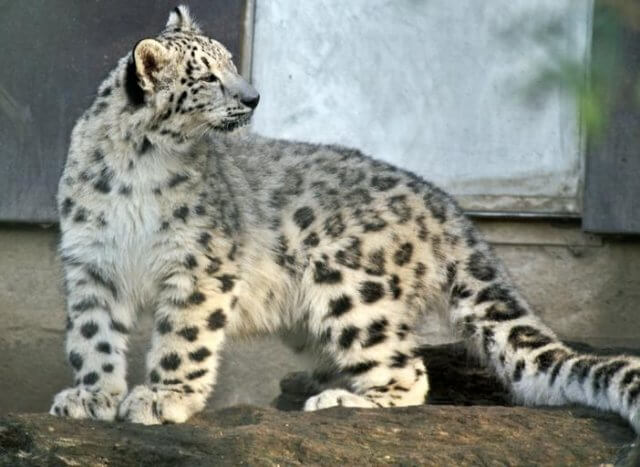Jaguars in Peril: Unveiling Their Greatest Threats
Jaguars in Peril:
Unmasking the Perils: Unveiling Jaguar’s Greatest Threats
Jaguars in Peril: Unveiling Their Greatest Threats is a comprehensive exploration of the various challenges faced by jaguars in their natural habitats. This informative piece sheds light on the primary threats that jeopardize the survival of these magnificent big cats, providing an in-depth analysis of the factors contributing to their decline. By uncovering the greatest dangers faced by jaguars, this introduction sets the stage for a deeper understanding of the urgent need for conservation efforts to protect these iconic and endangered species.
Deforestation: A Major Threat to Jaguars in Peril
Jaguars in Peril: Unveiling Their Greatest Threats
The majestic jaguar, with its sleek coat and powerful build, has long been an iconic symbol of the wild. However, these magnificent creatures are facing a grave danger that threatens their very existence. Deforestation, the widespread clearing of forests for various purposes, has emerged as a major threat to jaguars in peril.
Deforestation has become a pressing issue in recent years, as human activities continue to encroach upon the natural habitats of countless species. The destruction of forests not only disrupts the delicate balance of ecosystems but also poses a significant threat to the survival of jaguars.
One of the primary reasons deforestation poses such a threat to jaguars is the loss of their natural habitat. Jaguars are highly adaptable creatures, capable of thriving in a variety of environments. However, they rely heavily on forests for their survival. Forests provide jaguars with ample prey, shelter, and protection from predators. When these forests are destroyed, jaguars are left without a suitable habitat, forcing them to venture into human settlements in search of food and shelter.
Furthermore, deforestation fragments the remaining forested areas, isolating jaguar populations and hindering their ability to find mates. Jaguars are solitary animals, and their territories can span vast distances. When forests are fragmented, jaguars are unable to move freely, leading to inbreeding and a decline in genetic diversity. This not only weakens the overall health of the jaguar population but also reduces their ability to adapt to changing environmental conditions.
Deforestation also exposes jaguars to increased human-wildlife conflict. As jaguars are forced to venture into human settlements, they often come into conflict with farmers and ranchers. Jaguars are known to prey on livestock, leading to retaliatory killings by farmers seeking to protect their livelihoods. This conflict further exacerbates the decline of jaguar populations, as it directly contributes to their persecution and illegal hunting.
The impact of deforestation on jaguars extends beyond their immediate survival. Jaguars play a crucial role in maintaining the balance of ecosystems. As apex predators, they regulate prey populations and prevent overgrazing, which can lead to the degradation of habitats. Without jaguars, ecosystems become imbalanced, leading to a cascade of negative effects on other species and the overall health of the environment.
Addressing the threat of deforestation is crucial for the long-term survival of jaguars. Efforts must be made to protect and restore their natural habitats. This includes implementing stricter regulations on logging and land conversion, as well as promoting sustainable practices that minimize the impact on forests. Additionally, creating protected areas and corridors that connect fragmented habitats can help facilitate the movement of jaguars and promote genetic diversity.
Collaboration between governments, conservation organizations, and local communities is essential in tackling the issue of deforestation. By raising awareness about the importance of jaguars and their habitats, we can foster a sense of stewardship and encourage sustainable practices that benefit both humans and wildlife.
In conclusion, deforestation poses a significant threat to jaguars in peril. The loss of their natural habitat, fragmentation of forests, increased human-wildlife conflict, and the disruption of ecosystems all contribute to the decline of jaguar populations. However, by addressing the root causes of deforestation and implementing conservation measures, we can ensure the survival of these magnificent creatures and preserve the delicate balance of our natural world.
Conclusion
In conclusion, the article “Jaguars in Peril: Unveiling Their Greatest Threats” highlights the various threats faced by jaguars. These threats include habitat loss, illegal hunting, and conflicts with humans. Urgent conservation efforts are needed to protect this iconic species and ensure their survival in the wild.
Read More About Jaguars From Wikipedia







